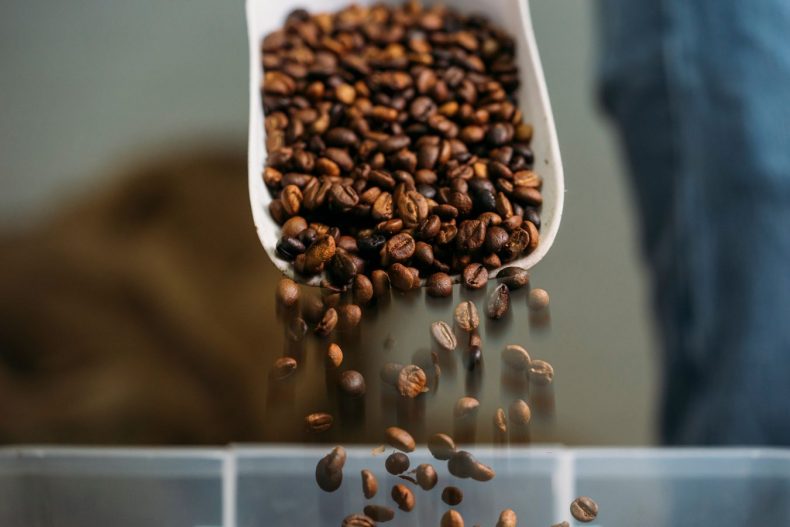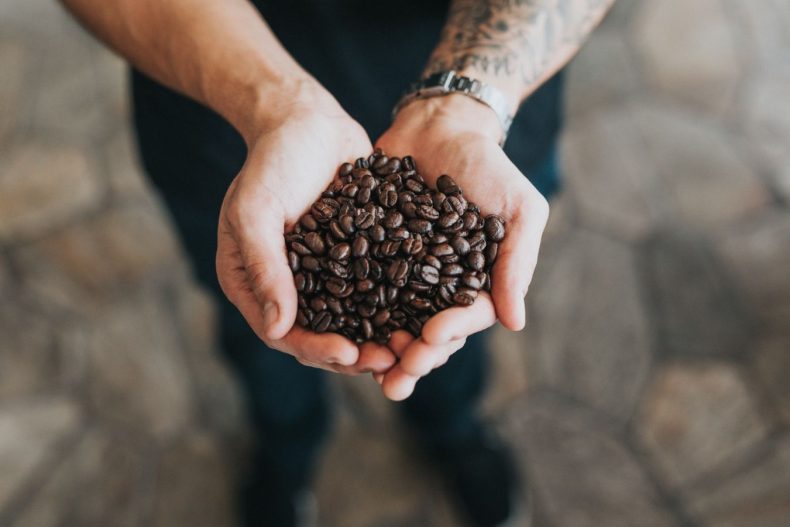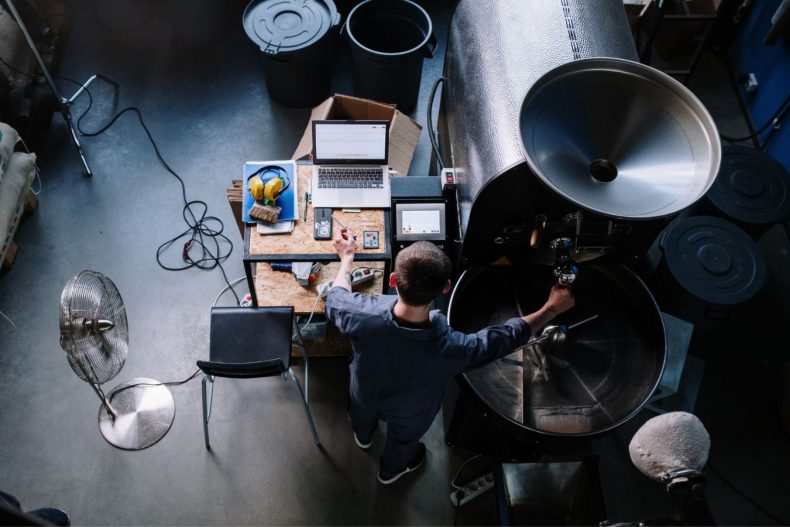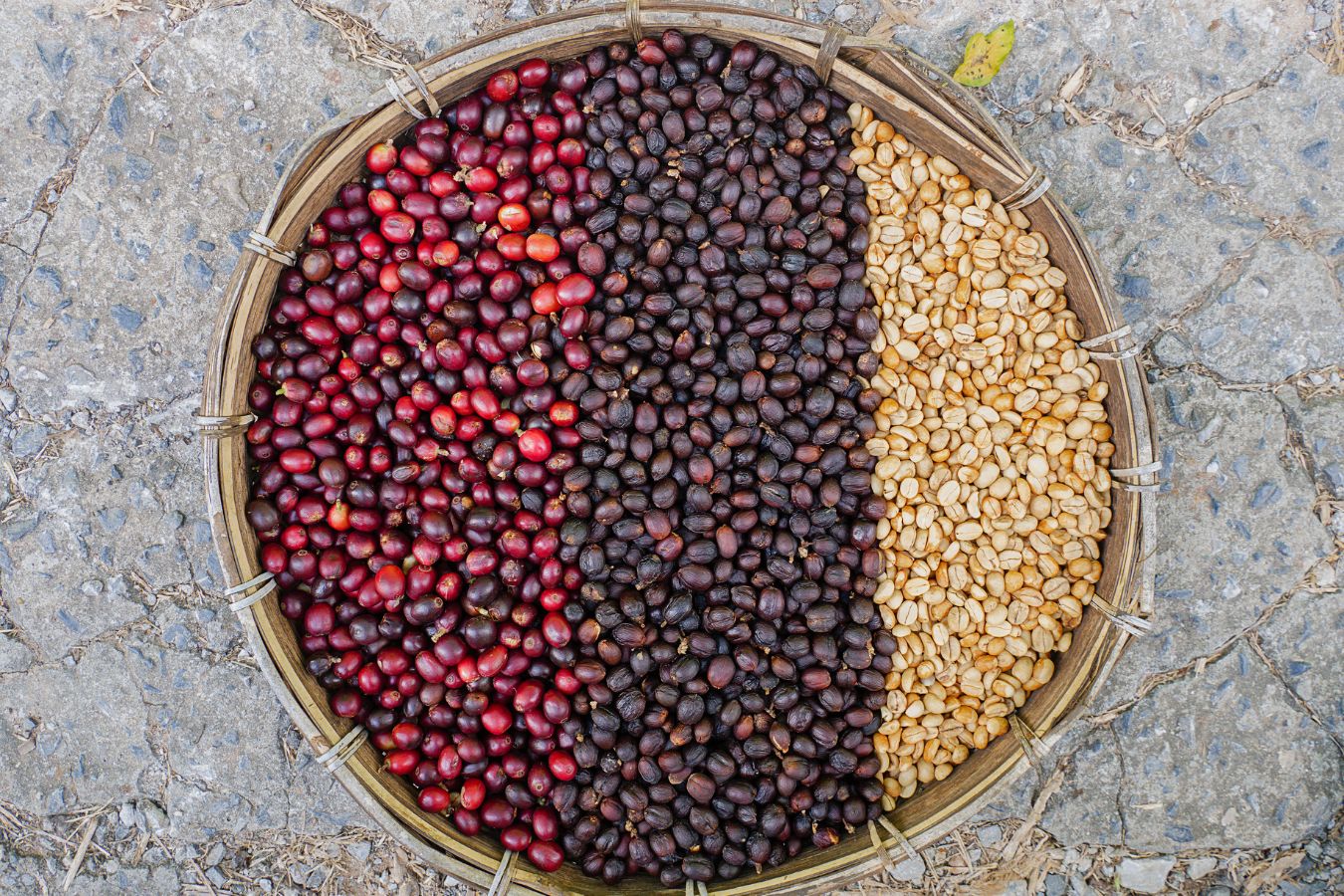
How To Roasting Honey And Natural Coffee? Honey and Natural processed coffee have a sweeter taste and a fuller “body”. But don’t try to roast them like washed coffee. You will burn these coffees or the coffee will no longer taste good. In the fertile lands of the Central Highlands of Vietnam, learn with Helena about some ways of Roasting Honey and Natural Coffee.
The difference between roasting honey, natural, washed coffee
The fundamental difference between Natural, Honey, and Washed coffee is the number of cherries (bile) left on the beans before drying. Natural coffee is dried with whole ripe shells, honey, and natural substances. However, the coffee is prepared by washing method, and the shell and these substances are washed away.
This leads to a deeper taste of natural coffee. Honey coffee has many ground ripening shells clinging to the drying process with a thicker “Body”. For Washed coffee, the taste is somewhat cleaner.
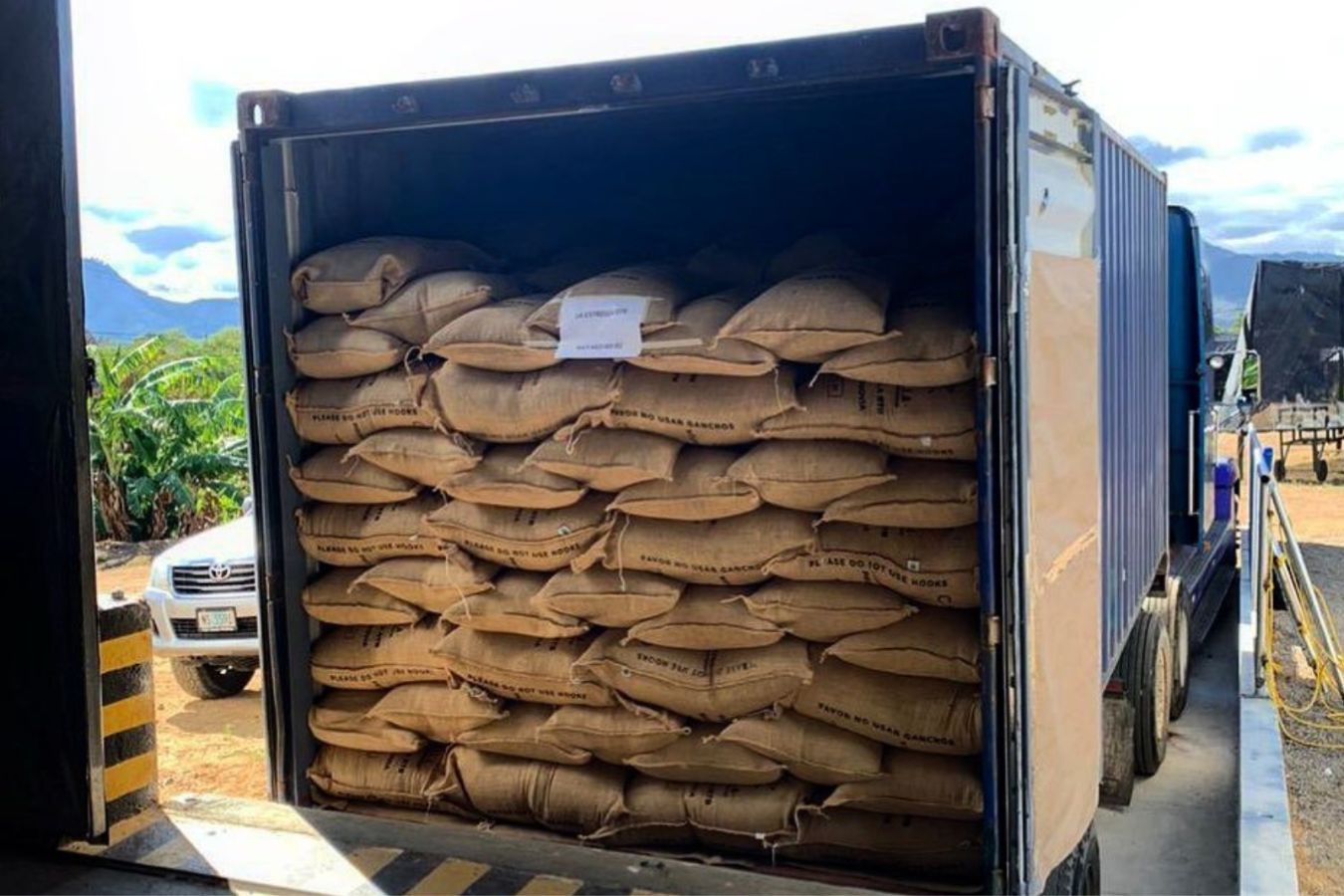
Experts at Cascade say so. This is because there is a slow movement of sugar from ripe berries to coffee beans during the drying phase.
Coffee is made differently roasted
When roasting Honey coffee, you have to roast it more slowly to retain the characteristic sweetness. When the drying process ends and begins to recline, sugar actually begins to caramelize acids and proteins. By prolonging this moment, as well as the coffee, to the level of First Crack. Coffee may significantly improve the scent, sweetness, and “body” of a drink.
However, for pre-prepared coffee according to the Washed process, you have to roast it faster. For example, washing coffee in Dak Lak you have to roast it for a shorter time will help the coffee taste better.
Control the speed of coffee roasting
The rate of Rising (RoR) is also understood to be the rate of heat increase inside a coffee roaster during roasting. This is the key to making Natural and Honey coffee taste good.
To keep your RoR low, you should start with a lower loading temperature. Keep the charging temperature 30 percent lower than the coffee rinsed for low-altitude Natural coffee. The amount of heat you put into your coffee at the start of roasting will determine whether the coffee is delicious or not.
There are two aspects to controlling RoR: heat and air. When the coffee starts to turn caramel. You will continue to reduce the heat from 70% to 40-50% to help extend this time. Next, will add air to create convection. Convection also causes the roasting process to slow down.

There are more than 800 aromatic compounds in coffee, and caramelization too quickly can loss of these compounds. Adding more air and reducing heat helps you get the full taste.
But this isn’t just about caramel. During the First Crack phase, your coffee beans will undergo a heating and heat release (energy) reaction in the form of steam and carbon dioxide. Adding air helps eliminate that, preventing smoke and bitter taste.
The coffee process is just a variable
While the processing is important, there’s more to creating a roasting profile. Get a Natural coffee at Daklak and a Natural in Gia Lai. Although the same processing method, they will likely need different roasting styles.
Since Natural coffee may have been grown at higher altitudes, it will be denser and have more conceded sugar. You can use higher charging temperatures and faster RoR. But the Natural type at low altitudes will be softer, which will require a lower loading temperature and a lower RoR.
It is important to take into account all the special elements of coffee, density, processing methods, size, variety, and taste. As well as the tastes of the customer and the specifics of the roaster. Coffee is just part of the story.
However, the processing is an important part of the story. Understand its impact. You can help you make the most of the delicious, sweet, and fragrant Honey and Natural glasses.
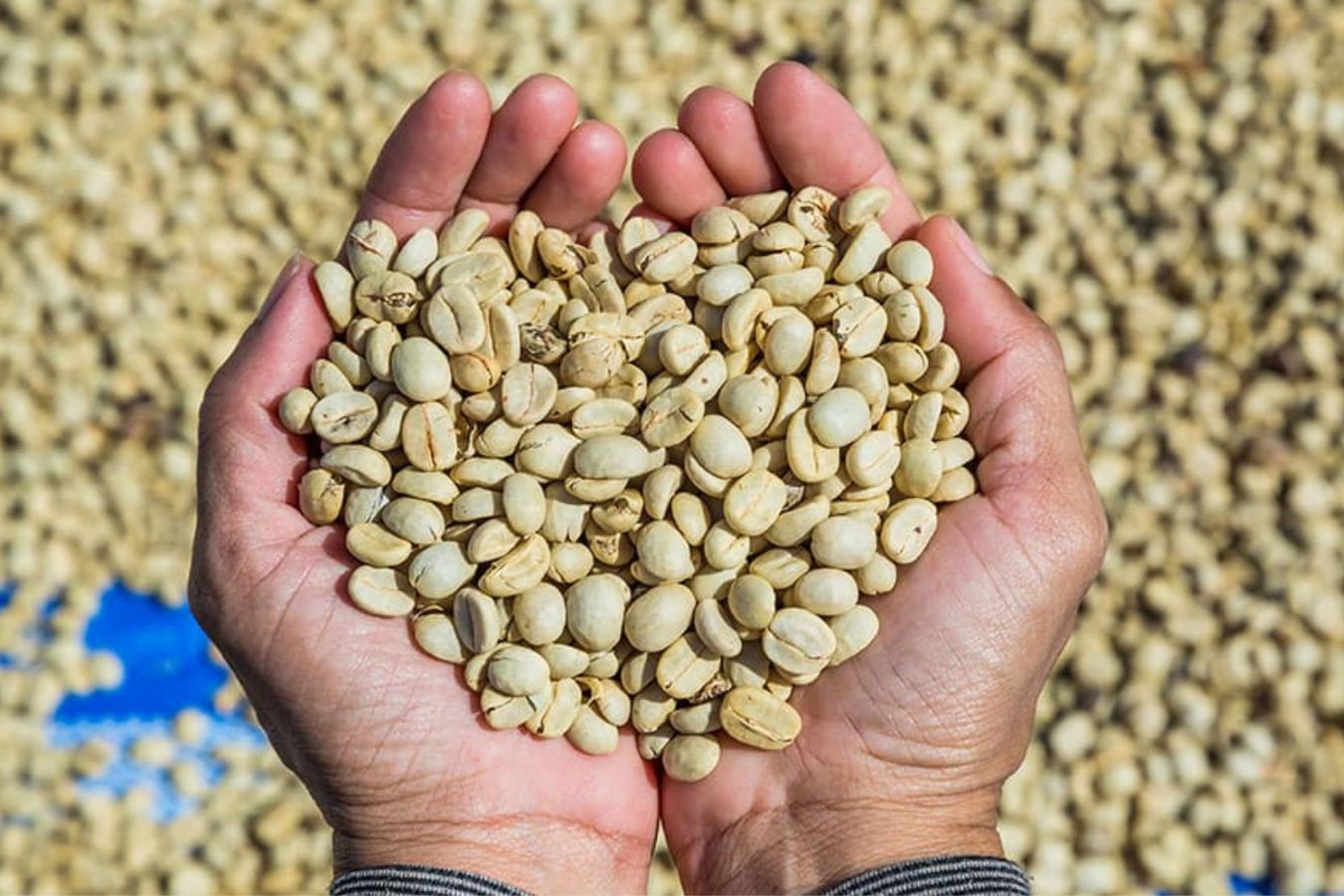
The biggest challenge that these types of coffee have now is that coffee actually grows during roasting. Honey and natural substances need to be secured and RoR controlled.
So take your time, don’t rush to roast. There’s a lot to do when roasting Natural and Honey coffee. So keep experimenting, keep taking notes, keep comparing results, and always be ready to try something new.
